Flowering broccoli rabe has been abundant at the farmers’ markets as of late. It’s one of the first spring vegetables, at least here in the northeast. This flowering rabe is not nearly as bitter as the broccoli rabe I’m accustomed to; although, I don’t mind the bitterness (by the way, broccoli rabe is also known as rapini). Despite its name, broccoli rabe is not related to broccoli. In fact, broccoli rabe is a member of the turnip family.
Love broccoli rabe sautéed in olive oil, with plenty of garlic, a squeeze of lemon, and a generous pinch of chile flakes. It’s also great sautéed and then tossed in pasta (with sausage) and on top of pizza (also good with sausage).
As for today’s creation, I had this idea to roast the broccoli rabe in the oven and then layer it on toasted bread slathered with creamy burrata cheese. Burrata is a combination of mozzarella and cream; it has a solid outer curd made from mozzarella and an interior filled with soft, stringy curd and fresh cream. Decadent and delicious. If you can’t find burrata, a fresh mozzarella would also work, though it would lack the ultra buttery texture of a quality burrata (the word burrata means buttered in Italian).
To finish the toasted bread, I drizzled it with bagna cauda along with a sprinkle of lemon zest, a squeeze of lemon, and red pepper flakes.
What is bagna cauda? It’s the brilliant infusion of garlic and anchovies in olive oil (finished with butter and, sometimes, cream depending on the region of Italy). If you think you don’t like anchovies, you might want to reconsider this one. Bagna cauda is a Northern [Piedmont] Italian classic for good reason. When the garlic and anchovies simmer in the hot oil, it mellows out their flavors.
In Italy, bagna cauda is traditionally served as a warm dip (bagna cauda translates into hot bath) with assorted raw vegetables (fennel, endive, peppers, carrots, etc.) and crusty bread to catch any drips. But it’s equally good on roasted vegetables (potatoes, radicchio, cauliflower) and grilled meats, not to mention sauteed broccoli rabe.
If you don’t have a mortar and pestle, you can use the side of a chef’s knife to create a paste for the bagna cauda. First, finely mince the garlic and anchovies. Then, tilt the knife at a 30-degree angle and drag it over the garlic and anchovies, scraping it over the surface of your cutting board (a little bit of salt works well for this). Pile up the garlic and anchovy and scrape again. Repeat a few more times until you have a smooth paste.
Probably best not to handle the burrata (the below was my quick attempt to get it into view for a photo). As you can see, it’s very soft and very creamy (and messy).
I had this for lunch and my belly was quite content.
Roasted Flowering Broccoli Rabe with Bagna Cauda and Burrata
1 small bunch broccoli rabe (rapini), larger, tougher stems removed
bagna cauda (recipe to follow)
thick country bread
burrata (or fresh mozzarella)
zest of lemon
lemon wedges
red pepper flakes
Preheat the oven to 425F. Place the broccoli rabe on a sheet pan. Lightly drizzle with a tablespoon or two of bagna cauda. Toss to combine. Cook until the stems are tender and the leaves crisp around the edges, 6 to 8 minutes (or longer, depending on the thickness of the rabe; mine were quite thin, so they cooked quickly).
Lightly brush the bread with olive oil. Toast on a grill pan or cast-iron skillet until the bread becomes crispy and browned and, if using a grill pan, develops nice grill marks. Flip and repeat on the second side.
Place a good amount burrata on the toasted bread. Top with the *roasted broccoli rabe. Drizzle bagna cauda over top of each toast. Grate some lemon zest over top and sprinkle with red pepper flakes. Serve with lemon wedges for squeezing over the bread.
*Note: For ease of eating, it’s best to roughly chop the broccoli rabe before adding it to the toast.
Bagna Cauda
8 to 10 cloves of garlic, roughly chopped
pinch of sea salt
8 to 10 anchovy fillets, roughly chopped
3/4 cup olive oil
3 tablespoons butter
Add the garlic to a mortar and pestle with a pinch of salt. Pound until it forms a paste. Add the anchovies and continue to pound until the anchovies are incorporated into the garlic paste.
Transfer the garlic-anchovy paste to a small saucepan. Add the olive oil. Bring to a simmer. Simmer until the garlic is tender and loses it’s sharp bite, about 5 minutes. Take off the heat and whisk in the butter.
*Use leftover bagna cauda as a warm dip for raw or roasted vegetables, with plenty of crusty bread to catch any tasty drips.
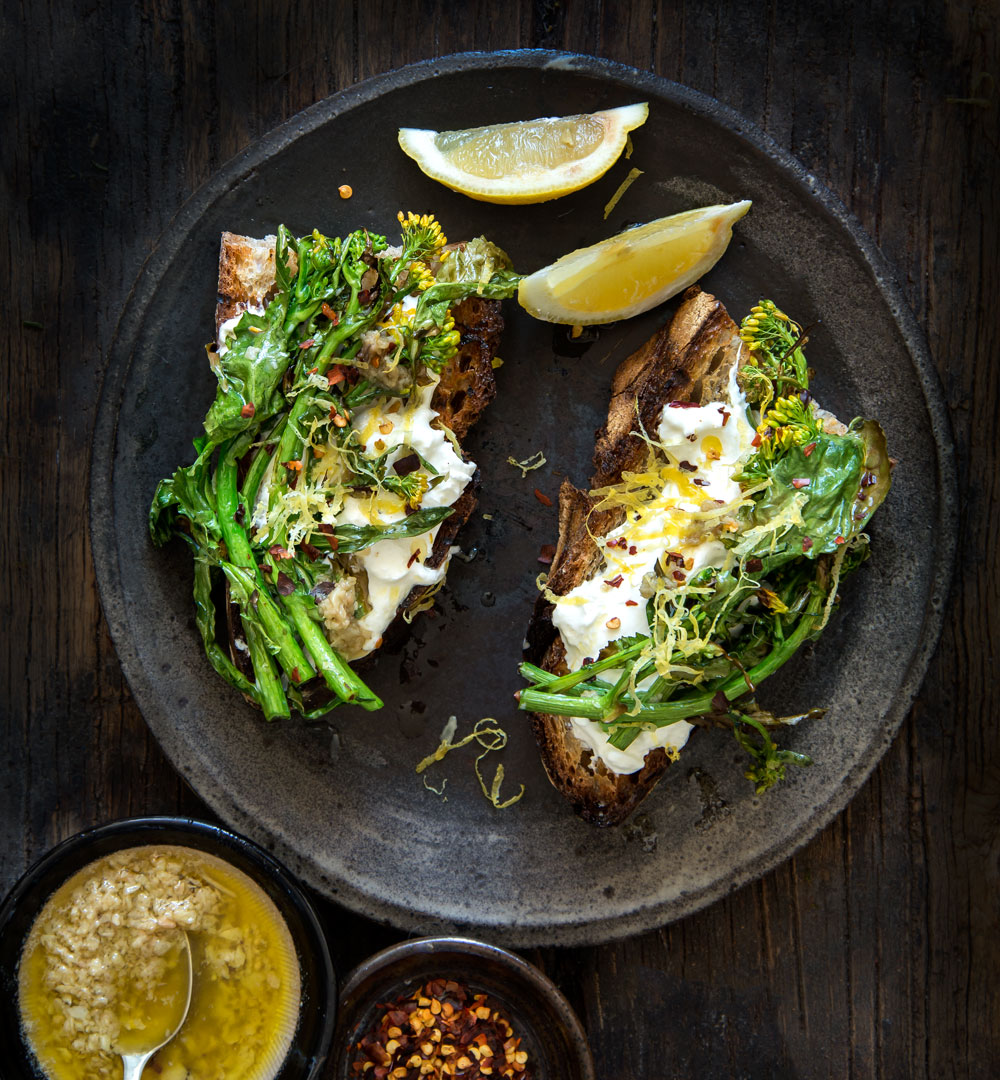
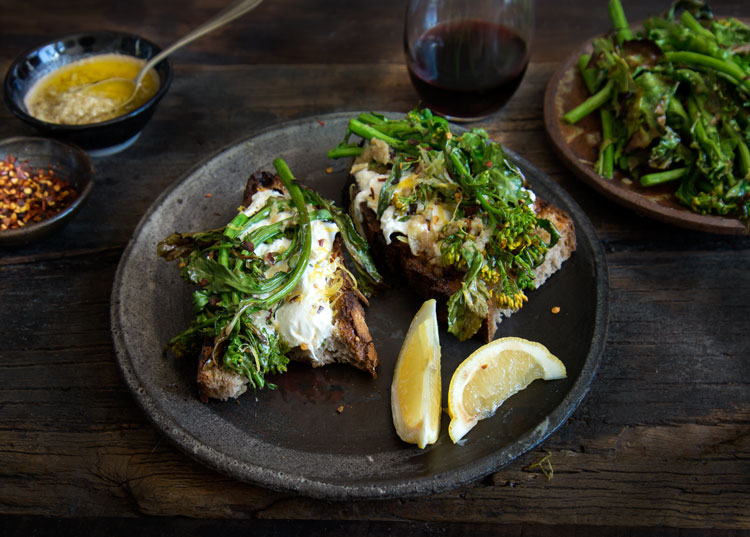

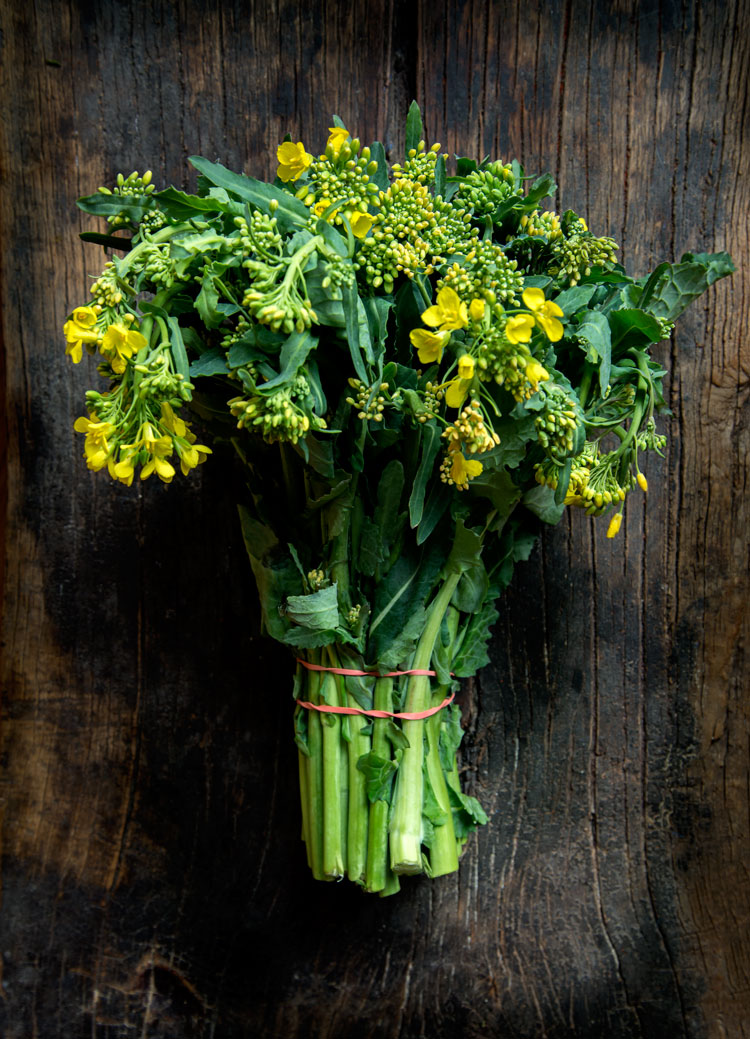




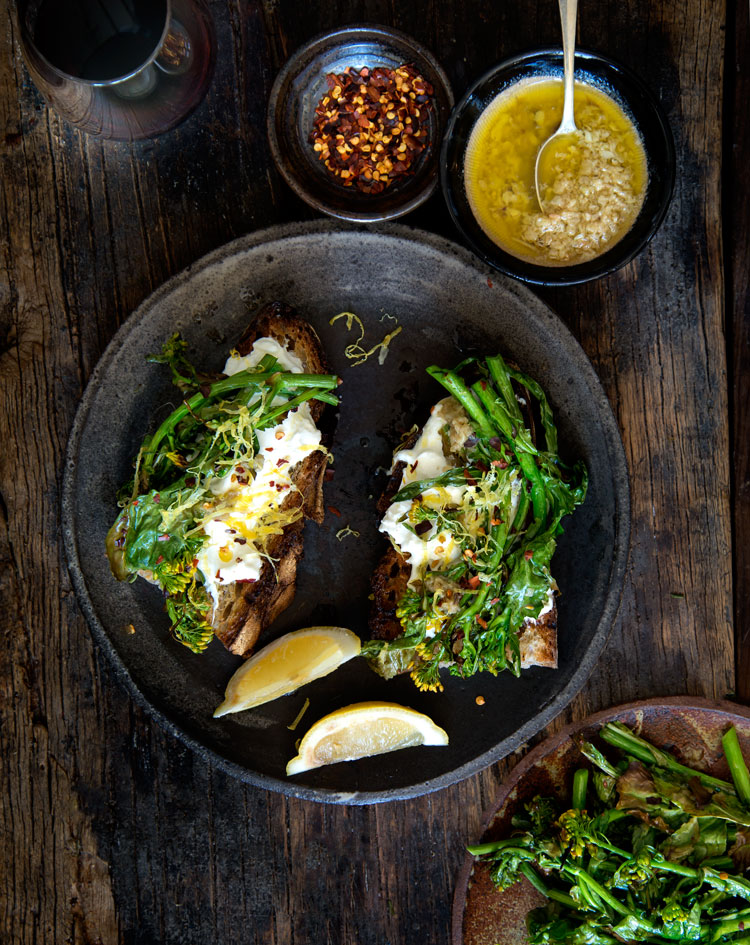
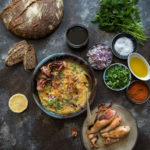
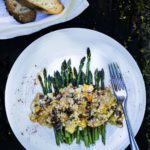
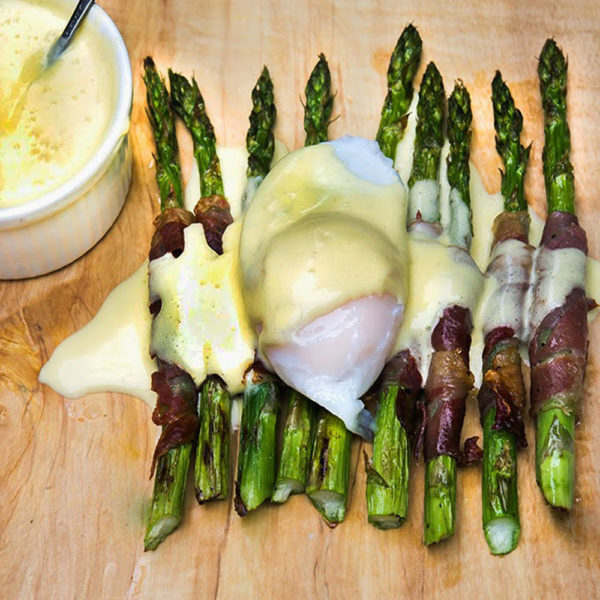
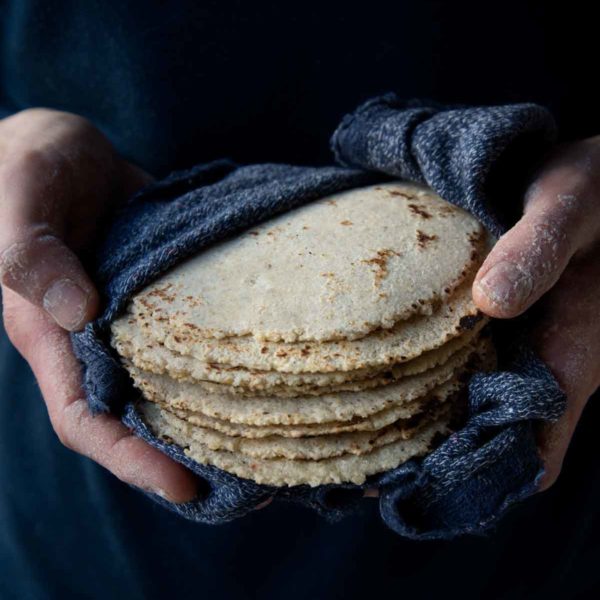
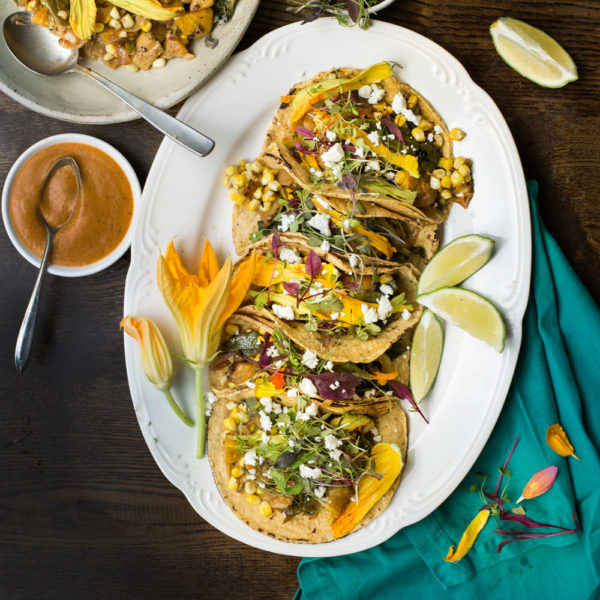


4 comments
Stacey Snacks
This could be my favorite crostini of all time…..I always make broccolini (spring broccoli, sweeter than rabe) and melt gooey bufala mozzarella on top with garlic and anchovies and hot pepper flakes. I have been known to eat this for breakfast 4 days in a row……you have taken this to a new level!!! My mouth is watering!
Stacey Snacks
This could be my favorite crostini of all time…..I always make broccolini (spring broccoli, sweeter than rabe) and melt gooey bufala mozzarella on top with garlic and anchovies and hot pepper flakes. I have been known to eat this for breakfast 4 days in a row……you have taken this to a new level!!! My mouth is watering!
Sabrina
Gorgeous dish! Love that flowering broccoli rabe!
Sabrina
Gorgeous dish! Love that flowering broccoli rabe!